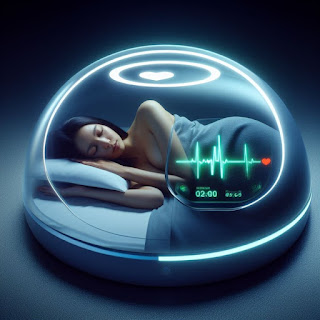Wide QRS Complex Tachycardias
Wide QRS complex tachycardias are a diagnostic challenge, often requiring careful assessment to differentiate between ventricular and supraventricular origins. Accurate diagnosis is crucial due to implications for treatment and prognosis. Widened QRS on ECG may indicate a delay in electrical conduction due to a BBB (Bundle Branch Block). Pathophysiology of Wide QRS Complexes A wide QRS complex (>0.10–0.12 seconds) arises from delayed ventricular depolarization. Differential diagnoses include: Aberrant Conduction: Often observed in tachycardias or bradycardias with phase 4 block. Electrolyte Disturbances: Hyperkalemia can exacerbate QRS widening. Drug Effects: Class IC antiarrhythmics, such as flecainide, prolong ventricular conduction times. Structural Pathology: Underlying ARVC can contribute to intraventricular conduction delay. As highlighted by Bala (2024), accurately identifying right and left bundle branch blocks (RBBB and LBBB), paced rhythms, or accessory pathways is cru...




